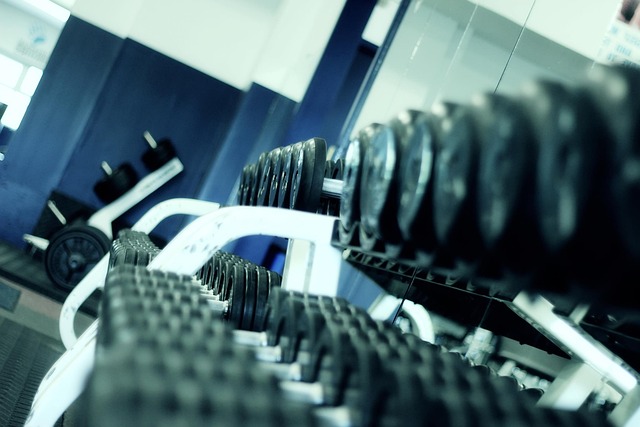The Journey of Lifting: A Phenomenological Perspective
Lifting is more than just a physical act. It is an immersive experience that goes beyond muscle and motion, touching the very essence of being. When one engages in lifting, whether it’s a barbell, a kettlebell, or their own body weight, there’s a profound interplay between mind, body, and environment that unfolds—this is the heart of the phenomenological journey.
At first glance, lifting may seem straightforward: you grip, you pull, you push, and the weight responds. But when you pause to tune into the experience itself, a deeper awareness emerges. Your grip tightens, the texture of the barbell feels different under your skin, the steady rhythm of your breath syncs with the pull and release of your muscles. You become acutely aware of your body’s capacity and limits in the present moment. This heightened awareness is core to phenomenology—the study of conscious experience as it occurs.
Each lift offers a unique opportunity to reconnect with your embodied self. The tension that builds in your forearms, the subtle tremor in your legs, the slow burn in your lungs—they are not just signals of exertion but markers of your lived experience unfolding in real-time. You can’t fully separate the physical sensation from the emotional or mental state that accompanies it. Maybe there is hesitation before the heaviest set, or a wave of pride as you surpass your previous best. These feelings ripple through your consciousness like waves, inseparable from the act of lifting itself.
From a phenomenological perspective, lifting reveals the intricate relationship between subject and object. The weight isn’t just “something to move”; it becomes a partner in a dynamic dialogue. You sense its heaviness, its inertia, and respond accordingly. The movement is not predetermined but emerges through your interaction with the equipment and your internal resolve. This interplay highlights the intentionality of experience—how consciousness is always about something, in this case, the task of lifting.
Moreover, the space where lifting occurs contributes to the overall experience. Whether it’s a bustling gym filled with ambient noise and other lifters, or a solitary room where the only sound is your breath and the clink of plates, the environment shapes how the practice feels. The phenomenological approach invites us to notice how these external factors influence our embodied encounter with lifting, coloring our emotional and cognitive landscape.
Ultimately, the journey of lifting is not just about physical growth but about cultivating a mindful presence. It calls for full engagement with the here and now, fostering a connection that transcends mere repetition or goal-setting. By approaching lifting as a lived experience—rich in sensation, emotion, and meaning—we discover a pathway toward deeper self-awareness and embodiment.



